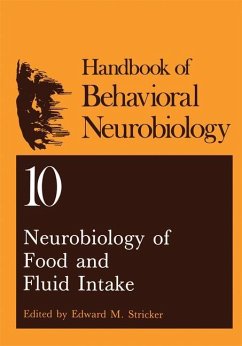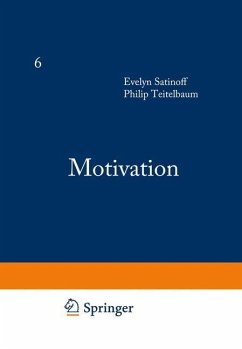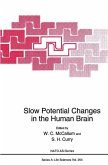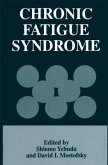When I began graduate school in 1961, Physiological Psychology was alive with adventure and opportunity. It seemed possible, indeed easy, to determine which part of the brain influenced which aspect of behavior, and the relative absence of technical hurdles encouraged neophytes into the laboratory. New theories of brain function based on a wealth of reliable and provocative findings also stimu lated further laboratory investigation. And the results obtained in studies of food and fluid ingestion certainly were exciting, albeit perplexing. For example, eating could be stimulated by injecting one chemical agent into the rat brain, whereas drinking was stimulated by i~ecting a different chemical through the same hypothalamic cannula. After focal brain lesions rats would overeat but not work harder to obtain food. After other brain lesions in adjacent sites, rats would stop eating and drinking altogether, but ingestive behaviors would return gradu ally over a period of weeks or months despite permanent brain injury. Although some of these observations and related findings may provide less insight into the central control of ingestive behavior than had been believed initially, there was a strong impression then that much more was known about eating and drinking than other behaviors, and they became models of motivated activities in addition to being of interest in their own right. Twenty-two years ago, the American Physiological Society published the first handbook devoted exclusively to the subject of alimentary behavior.








